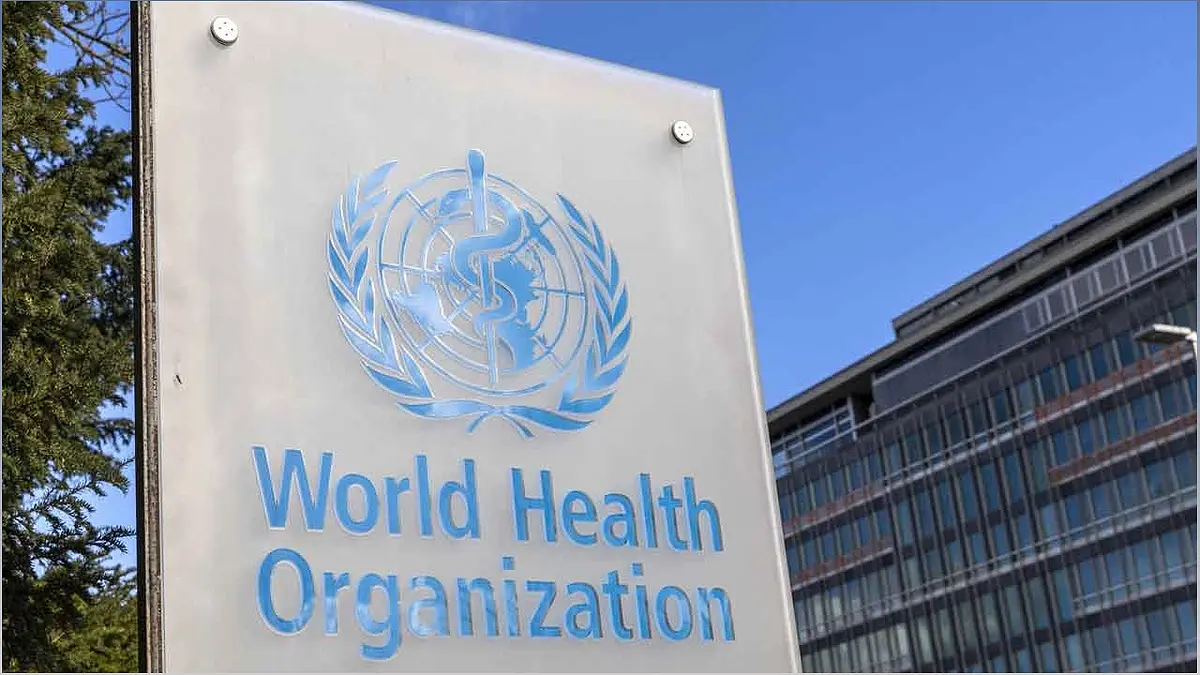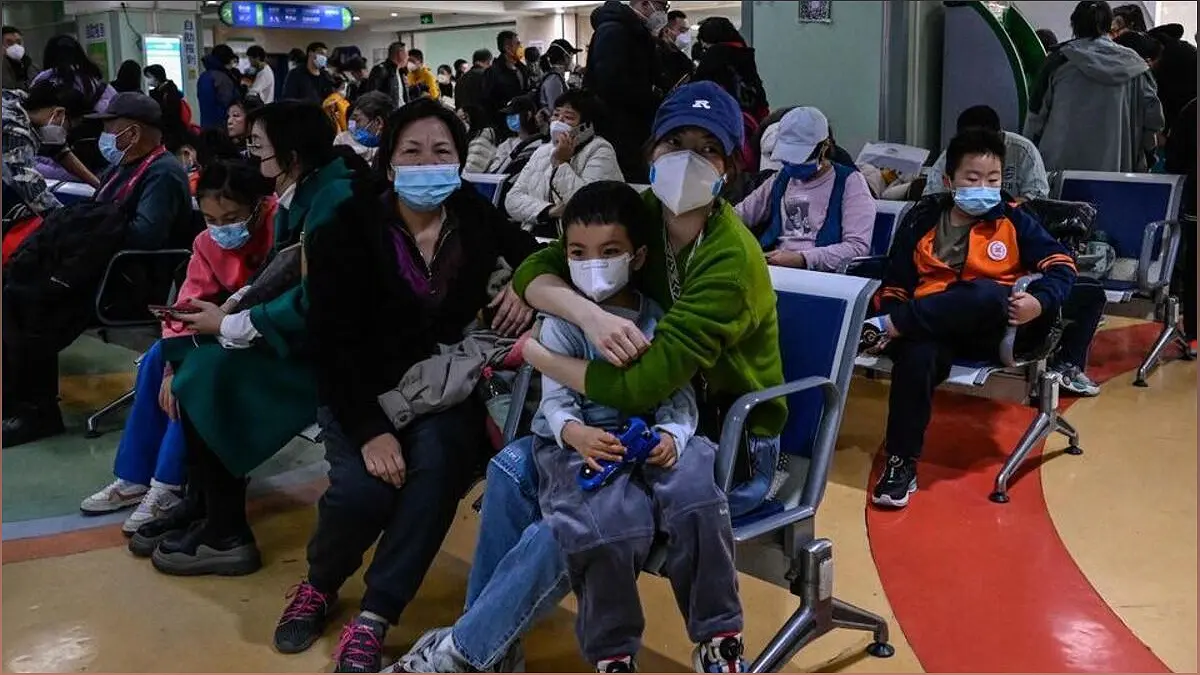Unveiling the Wave of Pneumonia Cases in China: What You Need to Know
China’s health-care system is once again in the spotlight as a surge of pneumonia cases sweeps through the country, with children being particularly affected. The World Health Organization has expressed concerns and requested more information to determine the source of these outbreaks. In this article, we delve into the causes behind the spike in cases, address the worries surrounding a potential novel pathogen, and provide essential precautions to minimize the risk of infection.
The Surge of Pneumonia Cases in China
Understanding the sudden increase in pneumonia cases and its impact on children
China is currently grappling with a significant rise in pneumonia cases, which has raised concerns, especially due to its impact on children. The World Health Organization has requested more information to determine the cause of these outbreaks and to address fears of a potential novel pathogen.
It is important to understand the reasons behind this surge in cases and take necessary precautions to protect ourselves and our loved ones. Let’s delve deeper into the situation and explore the key factors contributing to this alarming trend.

Known Germs Responsible for the Outbreaks
Identifying the specific pathogens causing the pneumonia cases
Chinese health authorities have reported that the spike in pneumonia cases is primarily attributed to the spread of known germs, including mycoplasma pneumoniae, RSV, adenovirus, and influenza. These are not new pathogens but rather a combination of common bacterial and viral infections.

While the level of illness is higher than usual for this time of year, it is not uncommon for winter to bring respiratory diseases. However, it is crucial to stay informed about the symptoms and take necessary precautions to prevent the spread of these infections.

Precautions to Minimize the Risk
Practical steps to protect yourself and others from respiratory illnesses
Although the current situation may seem concerning, there are several measures we can take to minimize the risk of contracting and spreading respiratory illnesses:
1. Practice good hygiene:
Regularly wash your hands with soap and water for at least 20 seconds. Use hand sanitizers when soap is not available. Avoid touching your face, especially your eyes, nose, and mouth.
2. Wear masks:
When in crowded places or if you are experiencing symptoms, wearing a mask can help reduce the transmission of respiratory droplets.
3. Stay home when sick:
If you or your child are feeling unwell, it is important to stay home and avoid close contact with others to prevent the spread of infections.
4. Maintain a healthy lifestyle:
Eat a balanced diet, exercise regularly, and get enough sleep to strengthen your immune system and overall well-being.
By following these precautions, we can protect ourselves and contribute to minimizing the spread of respiratory illnesses in our communities.
No Need for Travel Restrictions
Addressing concerns about travel restrictions amidst the pneumonia outbreaks
The World Health Organization has stated that there is currently no need for travel restrictions based on the current situation. While the number of pneumonia cases is higher than usual, it is not indicative of a widespread novel pathogen.
However, it is always advisable to stay updated with travel advisories and follow any guidelines provided by health authorities to ensure your safety while traveling.
